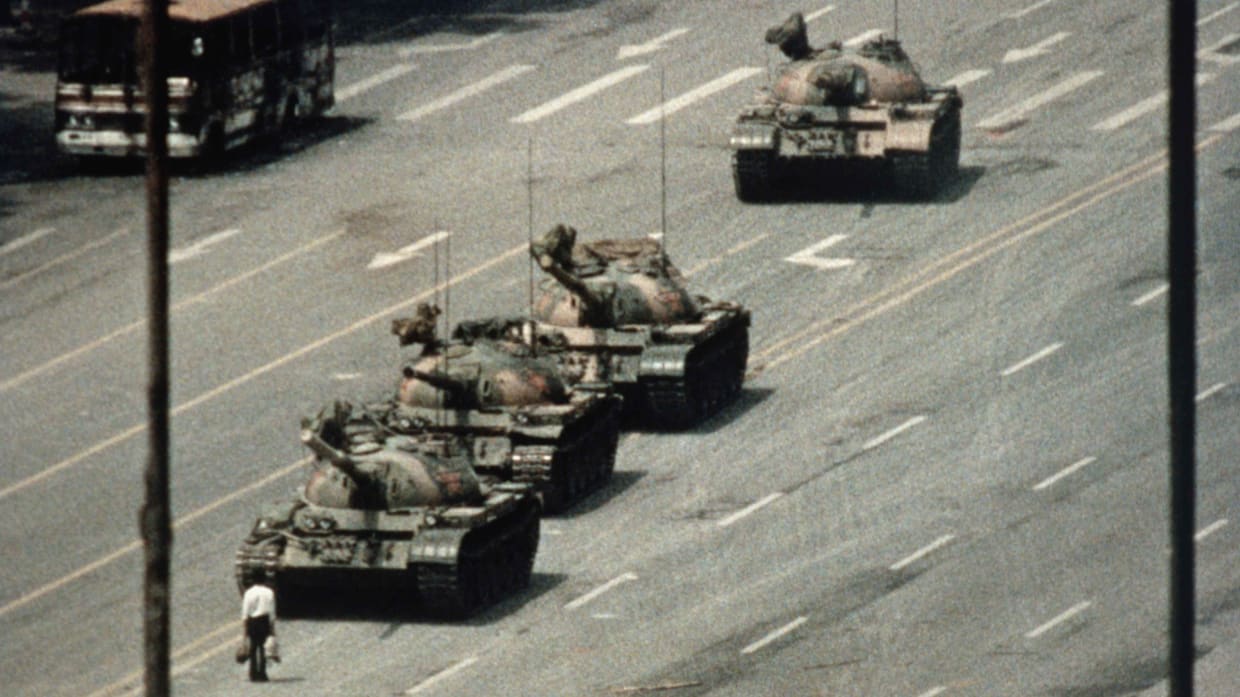China, one of the world’s oldest civilisations, has a vast history, filled with stories of inventions, modernization, uprisings and protests. Contributing to every fibre of China’s story is the youth of the country. Since time immemorial, the students of China have been active participant in not just society and social activities but specifically in matters related to politics. 1989’s Pro-Democracy Movement is one such example. It was a student-led demonstration calling for democracy, free speech and a free press. It took place on the monumental grounds of Tiananmen square in China. The protests were halted by a bloody crackdown, known as the Tiananmen Square Massacre, by the Chinese government on June 4 and 5, 1989.
Why did the protests take place?
Here’s a timeline of events leading up to the 1989 massacre at Tiananmen Square on the 5th of June:
15th April 1989 – Hu Yaobang was a former Communist Party leader and a high-ranking official of the People’s Republic of China. He was known for his liberalism and frank opinions. He believed that Communism could not solve “all of mankind’s problems”.
Due to such strong revolutionary opinions, he was the favourite of the youth. He suffered a heart attack at the age of 73 and died 15 days later. A day after his death, a small-scale demonstration commemorated him and demanded that the government reassess his policies. A week later, the day before Hu’s funeral, some 100,000 students marched on Tiananmen Square, leading to the 1989 Tiananmen Square protests.
Mid May of 1989 – Thousands of people joined the students in Tiananmen Square, with the protest’s numbers increasing 10 folds.
13th May 1989 – Few of the student protesters at Tiananmen Square initiated a hunger strike, which inspired others and China saw nationwide strikes and protests.
15th May 1989 – The Chinese government became uncomfortable with the protests. The protests disrupted a visit by Prime Minister Mikhail Gorbachev of the Soviet Union on May 15.
20th May 1989 – Chinese government felt that the demonstrations needed to be controlled as it was getting a lot of international attention. Hence it declared martial law on May 20 and 250,000 troops entered Beijing.
End of May 1989 – It is said that more than one million protesters had gathered in Tiananmen Square. Images of the events were being transmitted by international media to audiences in the west.
4th June 1989 – The Chinese authorities decided to increase aggression on the protestors. At 1 a.m. on June 4, Chinese soldiers and police stormed Tiananmen Square. They fired live rounds into the crowd. Some protestors tried to escape while others fought back by pelting stones at the troops and setting military vehicles on fire. There are estimates that thousands of protestors were killed in the Tiananmen Square Massacre, and as many as 10,000 were arrested.
“We will also not forget about the young people who sacrificed themselves on Tiananmen Square on this day 32 years ago, and year after year, friends in Hong Kong who always mourn June 4 with candlelight.” – WANG DAN, ONE OF THE STUDENT LEADERS AT THE 1989 TIANANMEN SQUARE PROTESTS,

